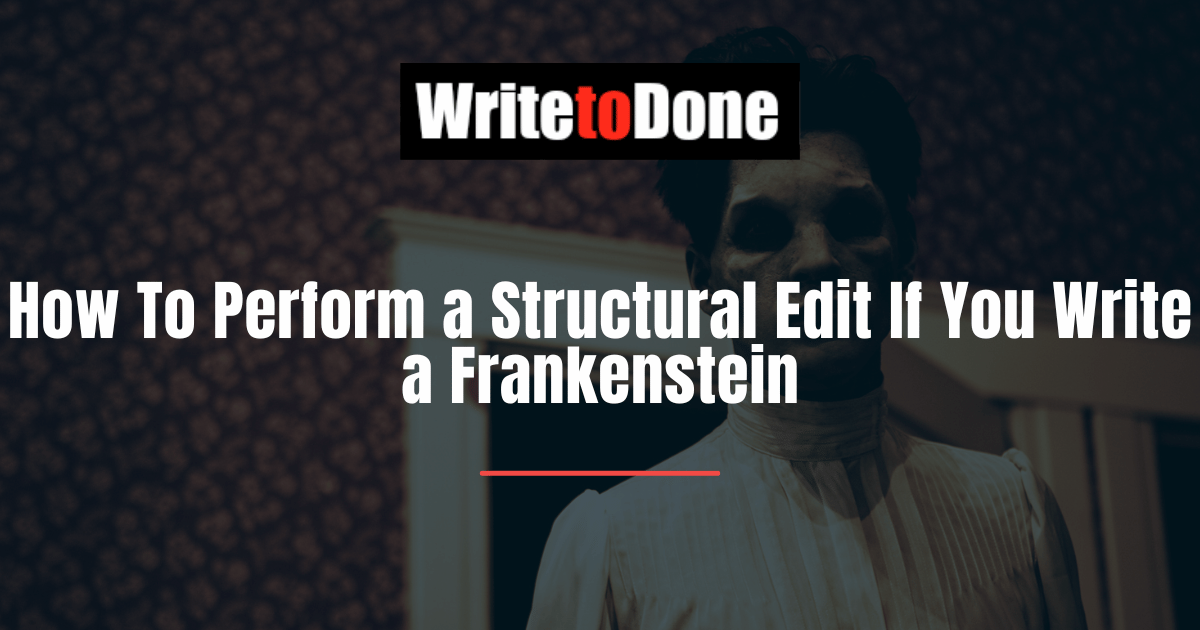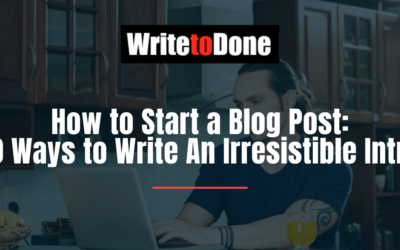Sometimes I write a Frankenstein piece.
It looks fine until I notice that arms sprout where the legs should be – and unfortunately I forgot to attach a neck.
I don’t always notice that straight away. Why? Because when I finish writing a piece, I’m in love with it. I adore it. It’s great. No, not just great: it’s brilliant!
…Until the next day…
Next day I’m shocked to see that my piece needs intense reconstruction. What happened? Overnight I took off my writer’s wings and donned the editor’s white coat and stethoscope.
Let’s say that you are ready to do the same. What now?
Those of you who can wave a First Aid certificate will know. First you do triage. Find out whether it’s a case of CPR or whether a plaster will do. Is it an oh-gawd-this-just-doesn’t-hang-together-at-all piece? Or is it a well-this-will-only-need-a-tweak piece?
In the following I’ll focus on how to get a piece to hang together. It’s about structural editing, or, how to reverse engineer a piece. Structural editing makes sure that all the bones of a piece are in the right place.
How to Perform a Structural Edit to Rescue a Piece
1. Reassemble the Bones
- Write down each point of your article in its shortest form.
- Re-arrange the points into headings and subheadings.
- Add missing points.
- Cut and paste each part of the old article into the new structure.
- Add or delete sentences to make transitions.
2. Check Your Transitions
Once you’ve got your bones right, check for smooth transitions. The reader wants to be led from one idea to the next – without any jolts. I find that transitions sometimes happen in my mind but don’t land on the page. Maybe it’s perfectly clear to me how I got from cucumbers to cataracts – but my readers might need a pathway from one to the other.
3. Make a bold entry
Before you settle on an a beginning, ask yourself if it provokes sufficient curiosity in the reader. – Leo Stein
Take a look at the start of your piece. There are two questions you need to pose:
- Does it grab your readers?
- Does it introduce your theme?
Sweep in, don’t creep in! Make sure that you jump right in with your first sentence.
4. End on a high note
Check out your ending.
- Do you fizzle out?
- Do you cut off in mid-stream?
- Do you wrap up your theme?
It’s important to wrap up your piece and hand it to your readers at the end. Don’t just throw it at them and walk away!
When you look at these four points, you’ll understand that a structural edit can rescue a bad piece, as well as enhance a good one.
There are two strategies you can use to improve the structure of your writing. The first one is to plan your piece before you write it. And the second one is to analyze articles by other authors with the eyes of a structural editor.
Ask: is it a Frankenstein, or does it skip, dance, and sing?
I’d love to know whether you too have ever written a Frankenstein. Where you able to rescue it? If so, how?

















